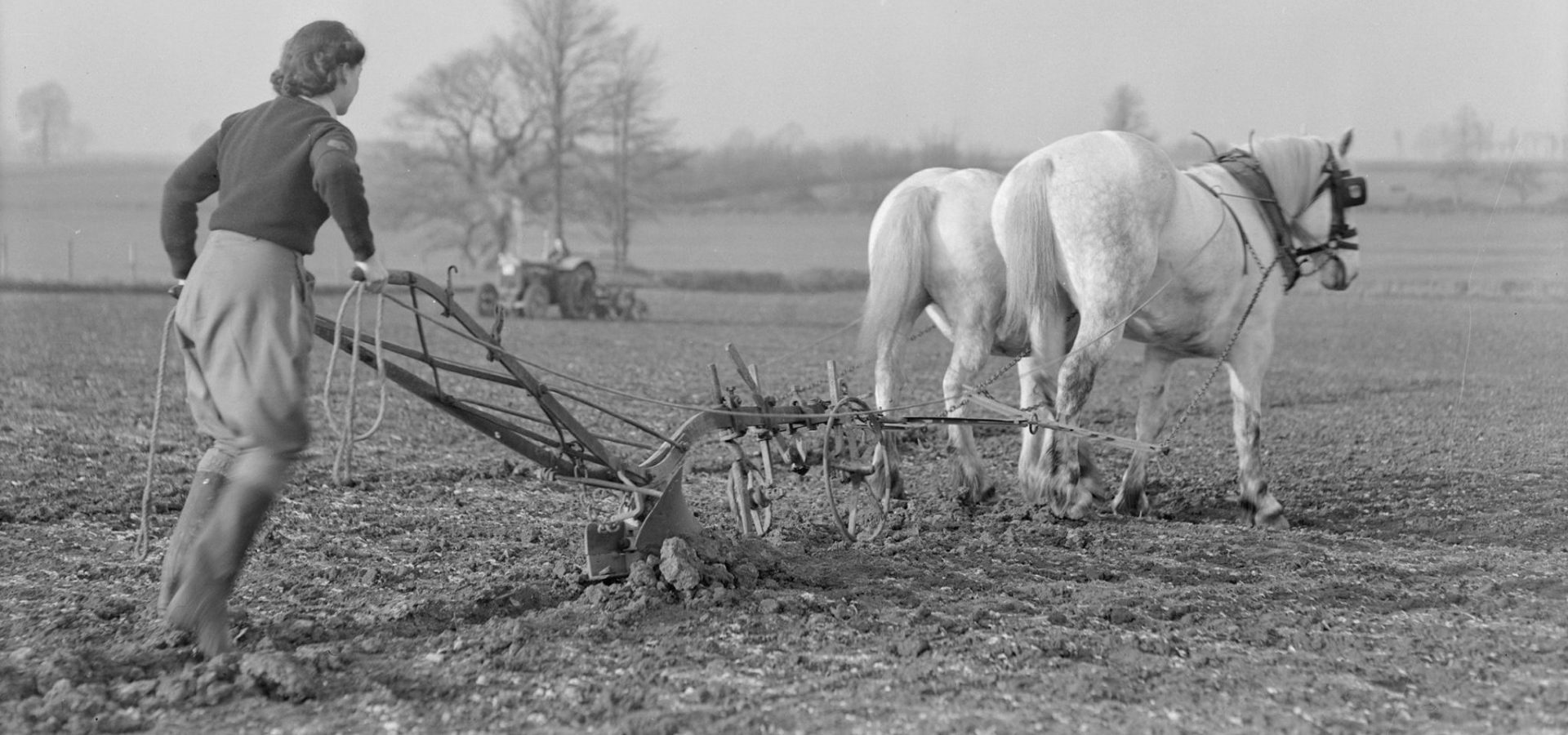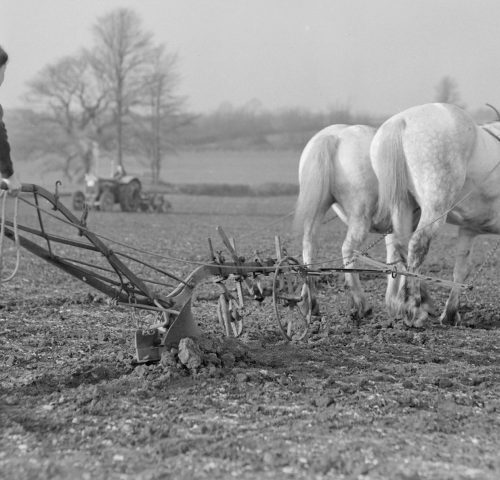June 2019...
marks 80 years since the reforming of the Women’s Land Army, a few months before the start of the Second World War. On this anniversary, we are remembering the immense contribution made by the ‘Land Girls’ and the working horses that worked alongside them.
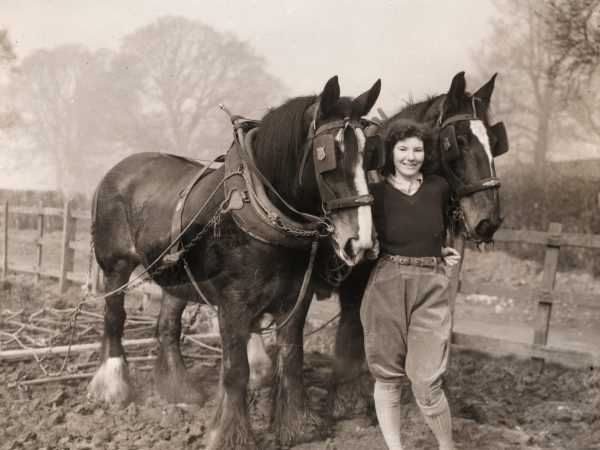
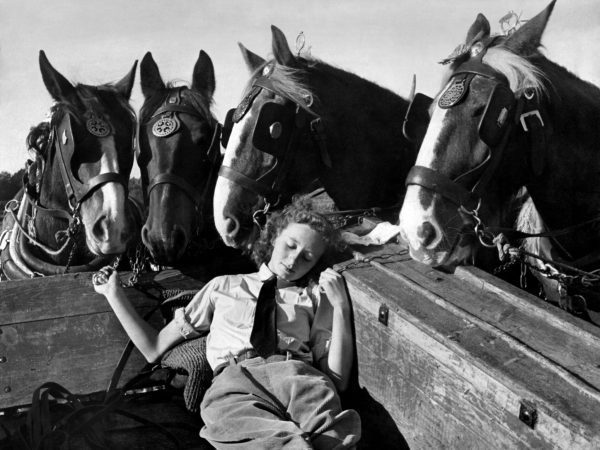
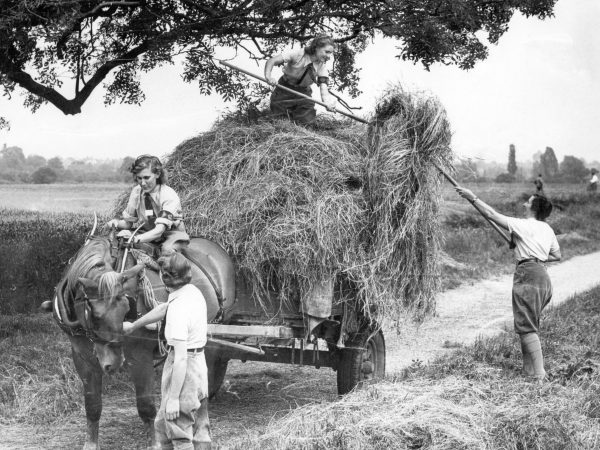
Feeding the nation
The Women’s Land Army (WLA) was formed to help fill the gap in the farm workforce left by the hundreds of thousands of men called up to fight. Britain imported more than two-thirds of its food in 1939. With Germany sinking vast amounts of shipping in the Atlantic to try to starve the country into submission, it was crucial that Britain could produce food on a huge scale domestically. Working closely with half a million working horses on Britain’s farms, the Women’s Land Army helped to feed the nation and fuel the war effort on the home front. At its peak in 1944, more than 80,000 female workers – known as ‘Land Girls’ – had joined the WLA. Supported by their hardworking horses, they were producing 70 per cent of Britain’s food.Then and now
Working animals, such as horses, donkeys and mules, are still vital to the survival of people in the poorest communities around the world today. Often working closely with women, these animals are a lifeline – helping to provide food, water and livelihoods. It is important that we recognise the contribution of this silent workforce – both then and now.
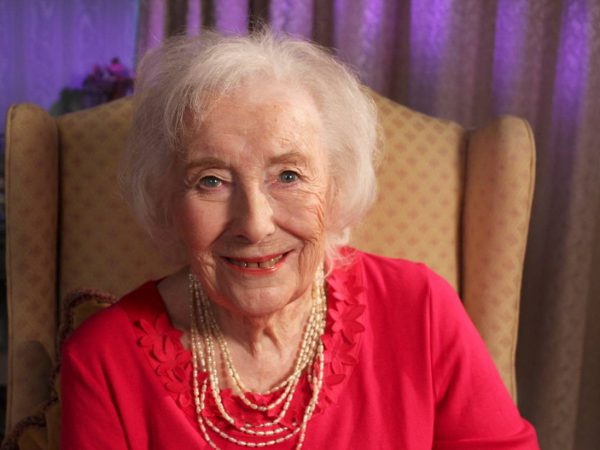
Who’s supporting the campaign?
Dame Vera Lynn said:
‘The women of the WLA are without question among the unsung heroes of the Second World War – stepping into traditionally male roles and securing Britain’s food supply throughout the conflict.
‘When the WLA was reformed at the start of the war, Britain was producing less than a third of its food by 1939, but – thanks to the enormous efforts of the Land Girls – this rose to 70 per cent by 1943.
‘At the start of the war, horses outnumbered tractors by 30 to one on Britain’s farms – and the Land Girls couldn’t have succeeded without their horsepower.
Many women formed close bonds with the animals that worked side by side with them – and this important relationship is still evident in the world’s poorest countries. Millions of women and families still rely on working animals today – and SPANA is there to help them.’
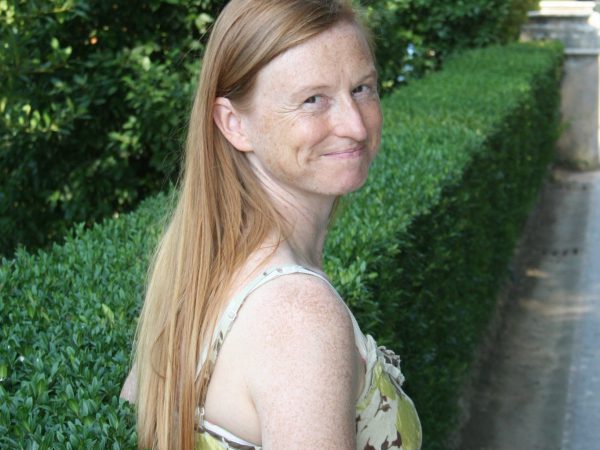
Historian Ruth Goodman, whose television series Wartime Farm highlighted the work of the Women’s Land Army volunteers, said:
‘It’s hard to overstate the contribution that the Women’s Land Army made to Britain during the Second World War. Women from across the country stepped up to fill the gap left by men going off to war. Many of these women had never lived away from the city, but were immediately thrown into every variety of farm work – from using horse-driven ploughs, to milking cows and delivering produce on a pony cart.
‘At a time when Britain was besieged and its food supply was under threat, the Land Girls and the horses that worked alongside them played a critical role in helping to feed the nation.
‘Today, in developing countries worldwide, women continue to work very closely with working animals, which are fundamental to food production – pulling ploughs and transporting produce.’
The Land Girls timeline
Take a look at the timeline below to discover more about the key events in the history of the Women's Land Army.

